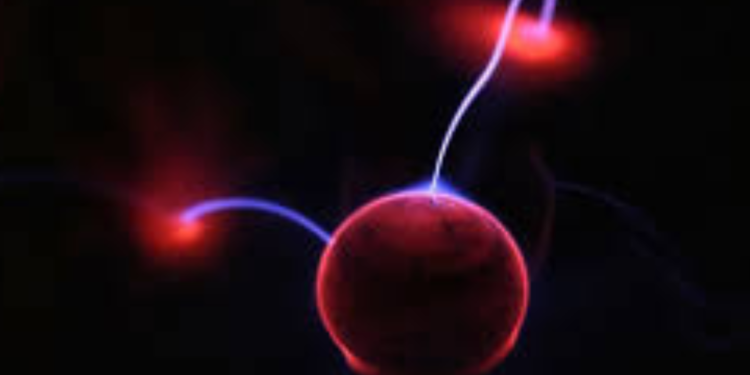The quest to unify the two pillars of modern physics – quantum mechanics and gravity – has taken a momentous step forward. Physicists, forever grappling with the contradictions between the seemingly incompatible forces, have devised a groundbreaking experiment inching us closer to a coveted theory: quantum gravity. This elusive theory would reconcile the bizarre world of quantum mechanics, governing the behavior of elementary particles, with gravity, the force that shapes the cosmos on a grand scale.
The heart of the challenge lies in the very foundation of these two theories. Quantum mechanics thrives in a probabilistic realm of uncertainties, where particles can exist in multiple states simultaneously.
Gravity, on the other hand, reigns supreme in the realm of the large, bending spacetime with its immense pull. This fundamental difference – a fixed spacetime in quantum mechanics versus a warped one in gravity – has frustrated physicists for decades.
A Meticulously Staged Microscopic Dance
A team led by Tjerk Oosterkamp of Leiden University has now brought us a step closer to bridging this divide. Their ingenious experiment involves a meticulously orchestrated microscopic dance – a precisely trapped particle and an environment colder than deep space. The particle, a mere 0.43 milligrams in mass, is held aloft by a magnetic field within a specially designed chamber. The key here is the near-absolute zero temperature, achieved with superconducting materials. This frigid environment minimizes thermal noise, allowing the researchers to detect the subtle tug of gravity on the particle with exquisite precision.
Overcoming the Symphony of Noise
But the path to success wasn’t without its roadblocks. A major hurdle was silencing the symphony of unwanted vibrations that could also nudge the particle around. These vibrations originated from the experiment’s cooling system and external sources. The researchers ingeniously addressed this challenge, meticulously suppressing the noise floor to a level where the faint signal of gravity could finally be discerned. Imagine trying to hear a whisper in a crowded room – the experiment required filtering out all the background chatter to isolate the faint signal of gravity’s influence.
The Enticing Future: Quantum Gravity’s Unveiling
The current experiment lays the groundwork for even more ambitious goals. While it successfully measures gravity’s influence on a single particle, the ultimate aim is to observe this force acting on a particle exhibiting the bizarre properties of the quantum realm – superposition, where a particle can exist in multiple states simultaneously. If scientists can achieve this, it would be a paradigm shift, bringing us a crucial step closer to the holy grail of physics – a unified theory of quantum gravity.
The journey ahead involves pushing the boundaries of sensitivity even further. The research team is setting their sights on incorporating smaller masses positioned closer to the levitated particle. Additionally, they are fine-tuning the cooling and vibration isolation techniques to wring out every last bit of noise from the system. These refinements have the potential to boost the experiment’s sensitivity by a factor of hundred, opening doors to a new era of discovery in the realm of quantum gravity.
This experiment serves as a beacon of hope in the ongoing pursuit of a unified theory. By achieving an exquisitely precise measurement of gravity on a microscopic scale, the researchers have unveiled a new facet of the dance between the quantum and the gravitational. The road ahead is paved with challenges, but with each refinement and advancement, scientists are etching a clearer picture of the fundamental forces that orchestrate the grand ballet of the universe. The hope is that one day, we will have a theory that seamlessly blends the quantum realm of the infinitesimally small with the gravitational realm of the immensely powerful, providing a unified description of our universe from the tiniest subatomic particle to the vast expanse of spacetime.
A Glimpse into the Grand Unification: Quantum Gravity’s Symphony
The quest for quantum gravity is akin to searching for the grand unifying theory of music – a theory that would encompass all musical scales, tempos, and instruments, uniting the delicate trill of a single flute with the thunderous crescendo of an entire orchestra. Unifying quantum mechanics and gravity would be akin to achieving this musical feat – a theory that would describe the universe in its entirety, from the quiet hum of subatomic particles to the explosive birth of stars and the majestic dance of galaxies.
The experiment by Oosterkamp’s team is a significant first movement in this grand symphony, bringing us closer to a deeper understanding of the very fabric of reality.



















